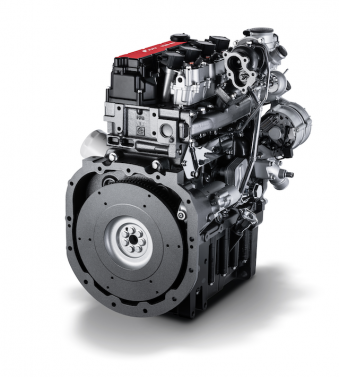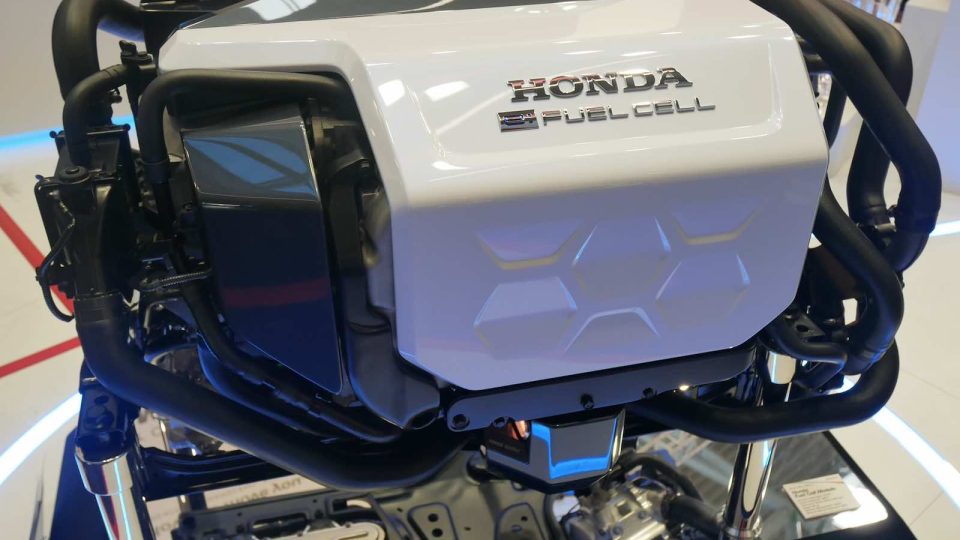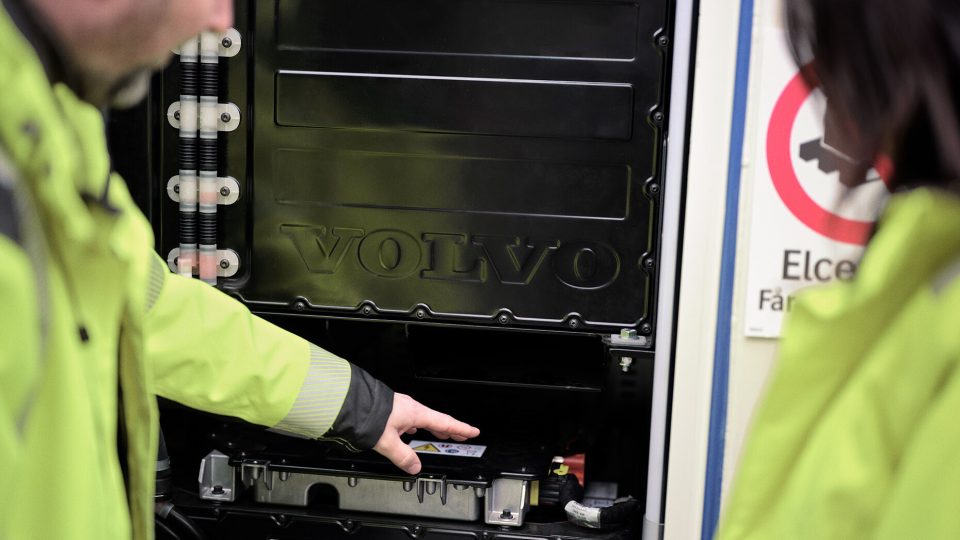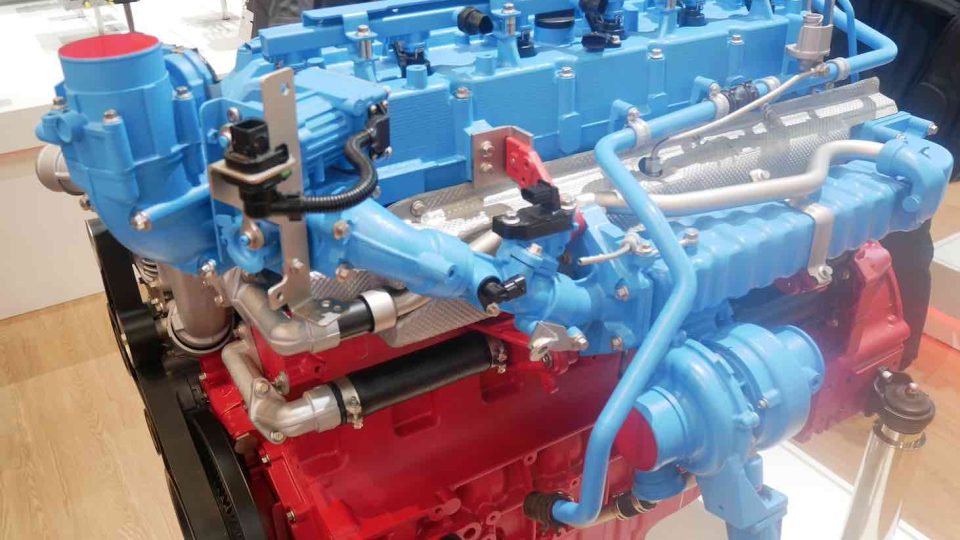FPT Industrial F28 NG. Diesel of the year 2020
The Fpt Industrial F28 NG showed itself at Agritechnica together with its twin diesel engine, twin but still firstborn. To see it under the hood of a tractor we will have to wait a little longer. Diego Rotti told us ‘affinity and differences’ with diesel and hybrid and the gestation of an engine that is […]

The Fpt Industrial F28 NG showed itself at Agritechnica together with its twin diesel engine, twin but still firstborn. To see it under the hood of a tractor we will have to wait a little longer. Diego Rotti told us ‘affinity and differences’ with diesel and hybrid and the gestation of an engine that is born with spark plugs and shares the engine block with the other two.

We talked far and wide about the ‘three musketeers’ (F28 diesel, gas, hybrid). But could you describe in detail the technical specifications to be followed and the application requirements to be met when designing a gas unit, starting from a tripartite project?
As far as the mechanical part is concerned, the F28 has been conceived from a blank sheet of paper keeping in mind the different applications, also from the hardware point of view. The same diesel engine was presented at Agritechnica in a structural version, at Conexpo in an industrial version. It presents a common engine block, transversal to agricultural and earthmoving applications. It confirms the crankcase, head and base are designed to be transversal to the two applications. Consider that we took into account the needs and requirements of a multi-fuel platform when designing and validating it. The most impacted point of the gas F28 is the head, for which we have to consider the strength and structural characteristics, especially the cooling issue. With the Otto cycle we have higher temperatures, without making undue reference to larger engines, such as the C13 gas, with clearly higher pressures and temperatures, for which we used specific materials. In the case of the F28, as we are faced with less extreme challenges in terms of performance, gas fuel is the most challenging application, so head cooling circuits and logic have also been designed with the Otto cycle engine in mind, not just diesel. The transition from diesel to gas is linked to the common rail, the positioning of the spark plug in relation to the injector, hardware and layout the conversion for the coils was an integral part of the project.
FPT Industrial F28 NG and the and affinities with Diesel engine
The other key distinguishing element of the two engines is the intake manifold. It is not possible to have a common manifold, the gas and diesel engine manifolds are different and specific, so we worked separately on both sides. The fluid-dynamic and safety features take these different requirements into account in the general layout right from the basic design, in the size of the engine.
Another aspect of specificity, although less impacting, concerns the EGR: the diesel version, like the F5 family, maintains the EGR, unlike the gas version. The design that dominates the design is that of the diesel, which therefore inspired the layout and positioning of the EGR, routing of recirculated gases, positioning of the cooler, providing from the beginning the removal in the gas version, which is lighter than diesel. The mission of the basic validation of the durability and robustness of the components has taken into account the development of the needs, therefore also the Otto cycle operation which, in some respects, is the most challenging.
The software, validation and control part, due to the diversity of the two engines, leads the calibrations, which then follow two different set-ups (in diesel, ignition logic, advances and valve management; injection and throttle management for gas). Modularity has a precise advantage: different logics but with a common brain. Unlike our other engines, the F28 was born with the same control architecture. The diesel engine control unit is the same as the gas. It is the same range of control units that we have started to use with the Stage V on all families. We are in fact following a road map of control systems and the F28 goes in the same direction, with this commonality between the two variants.









